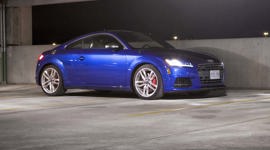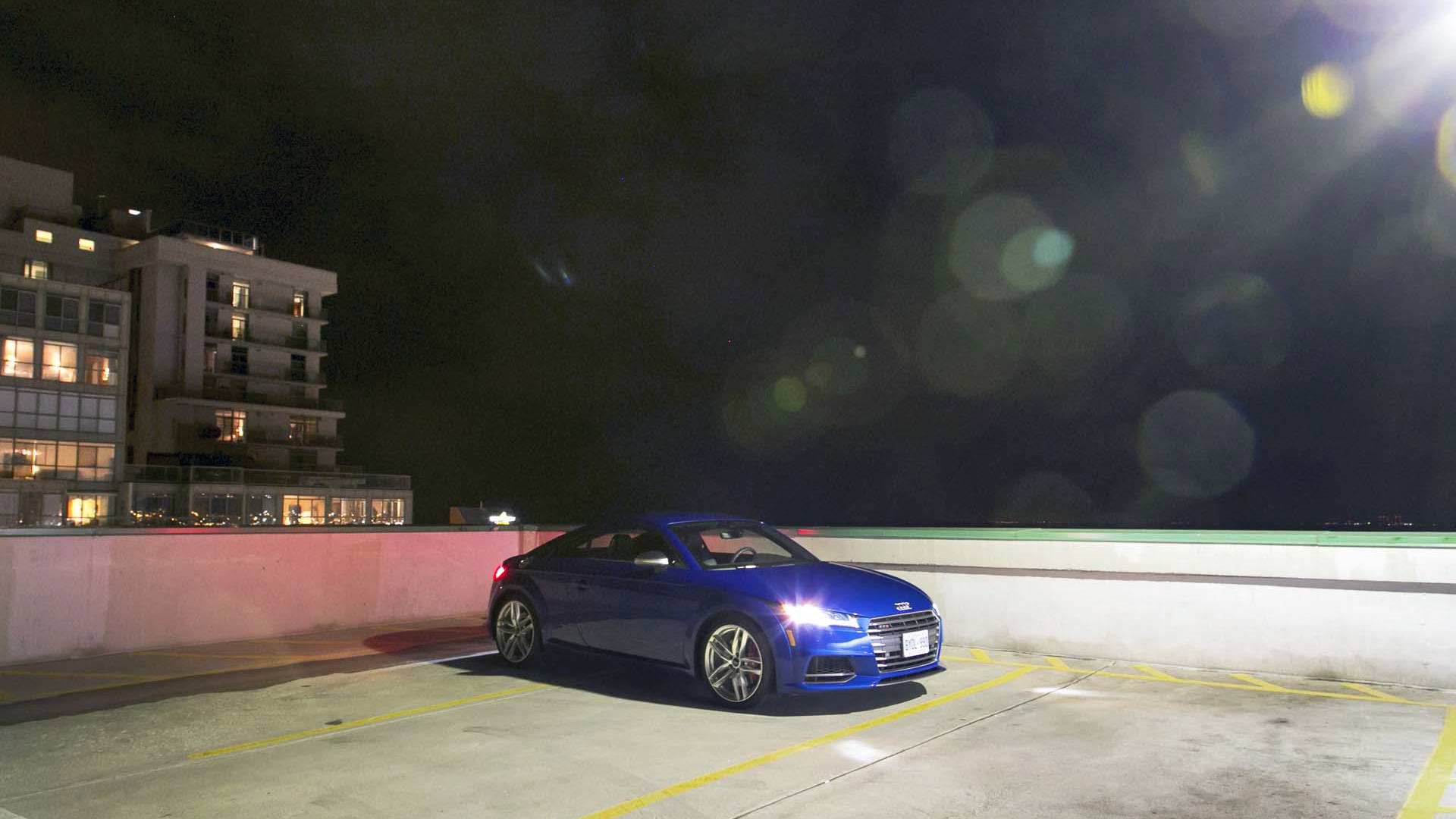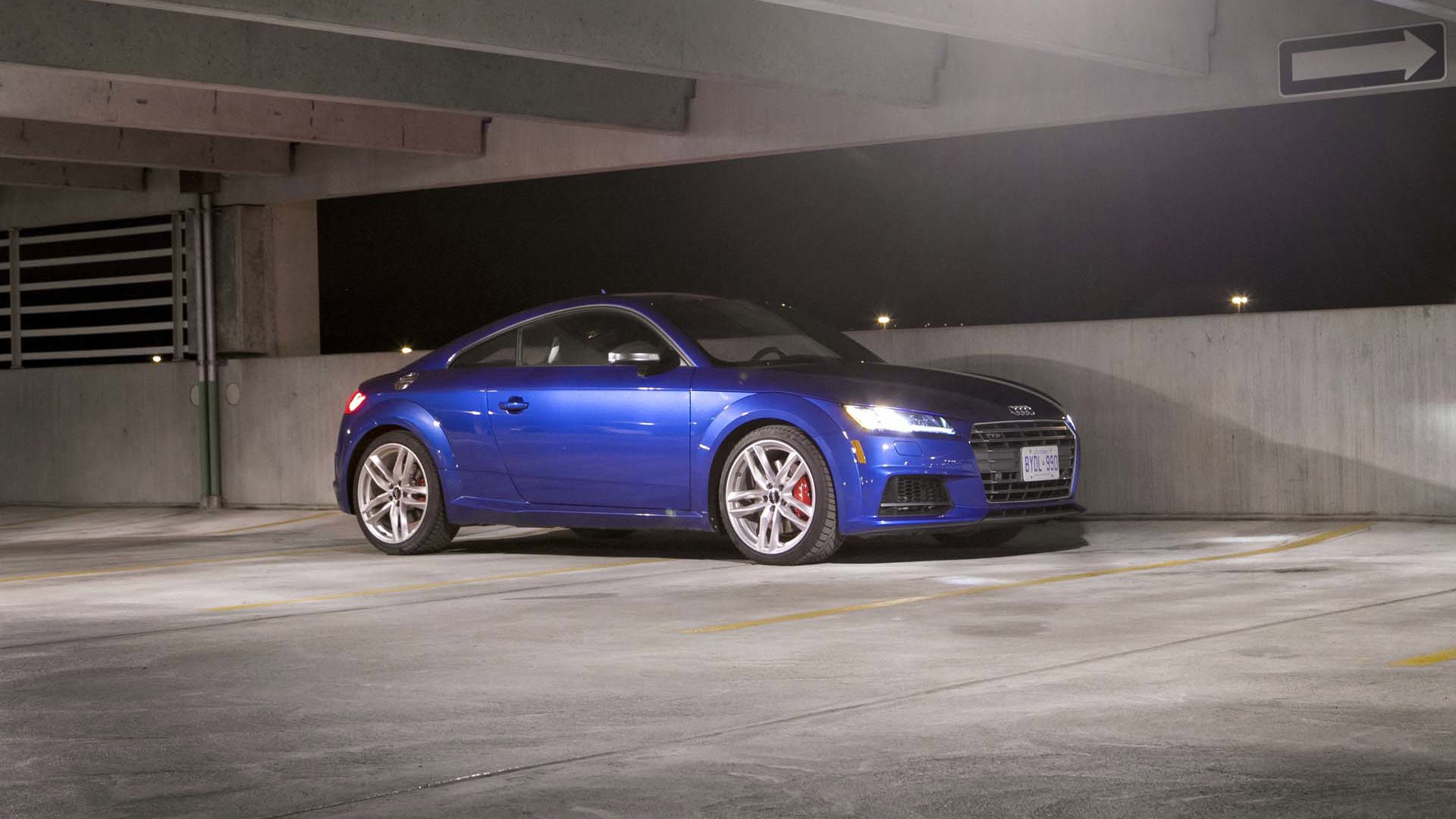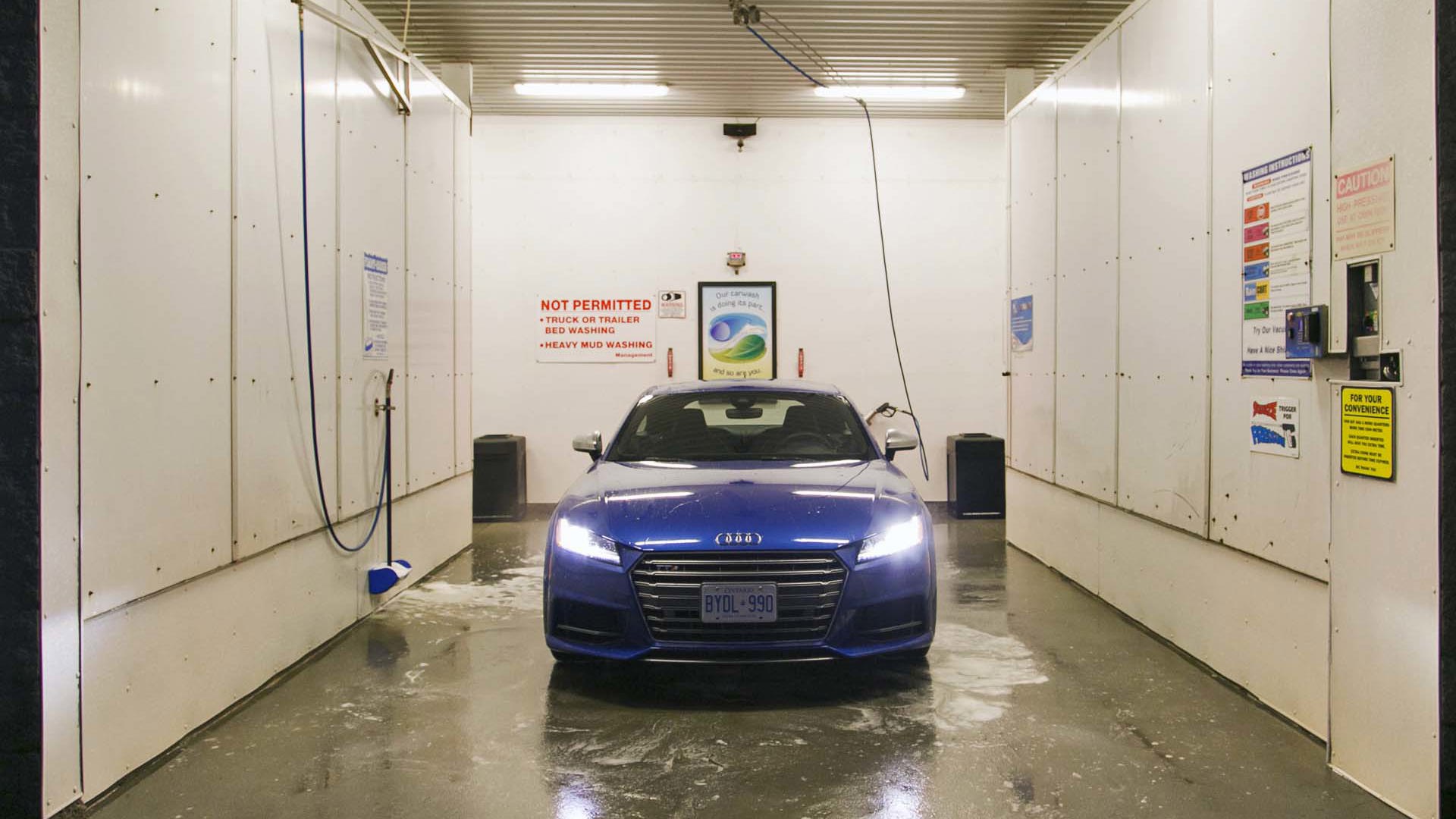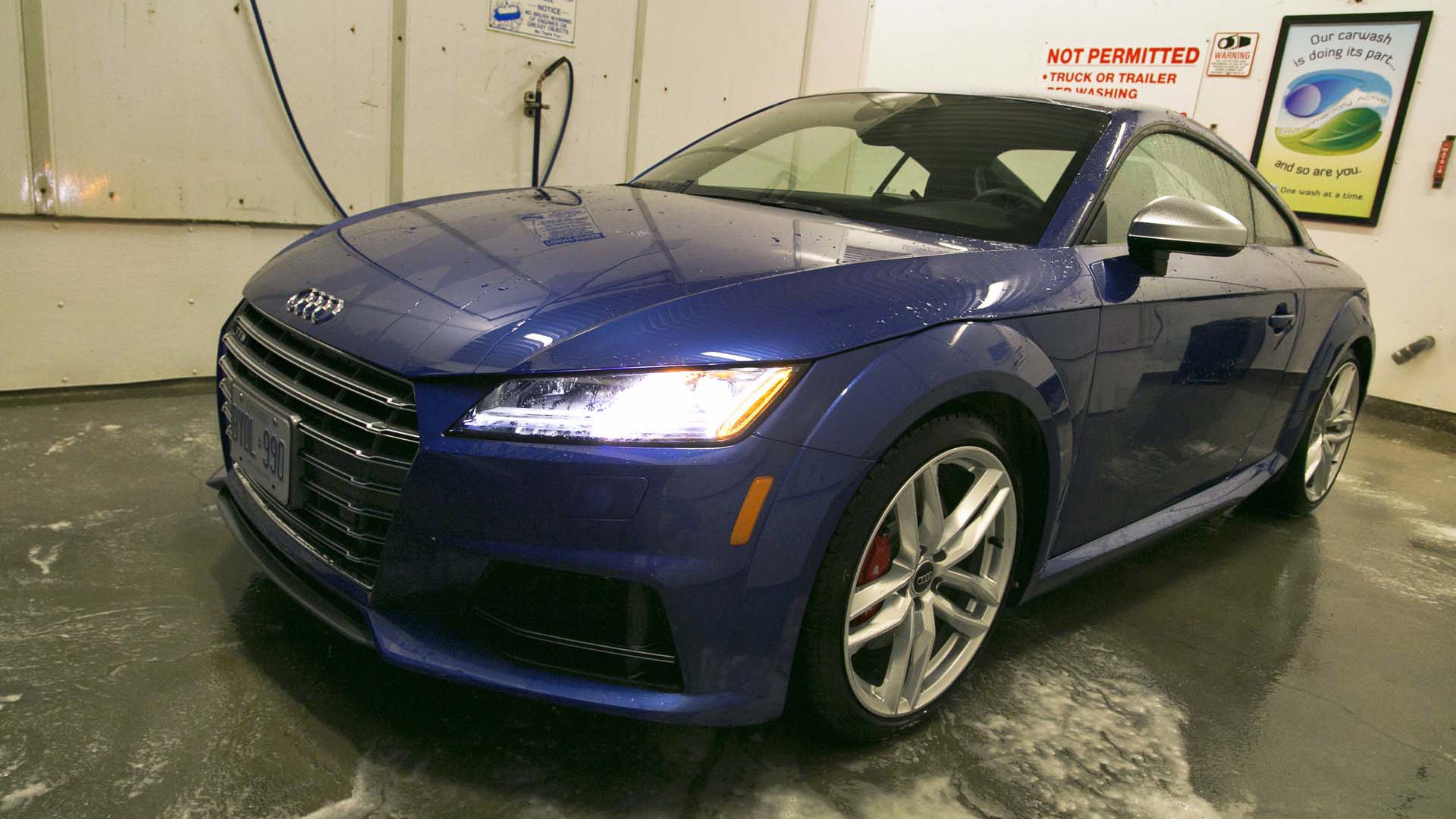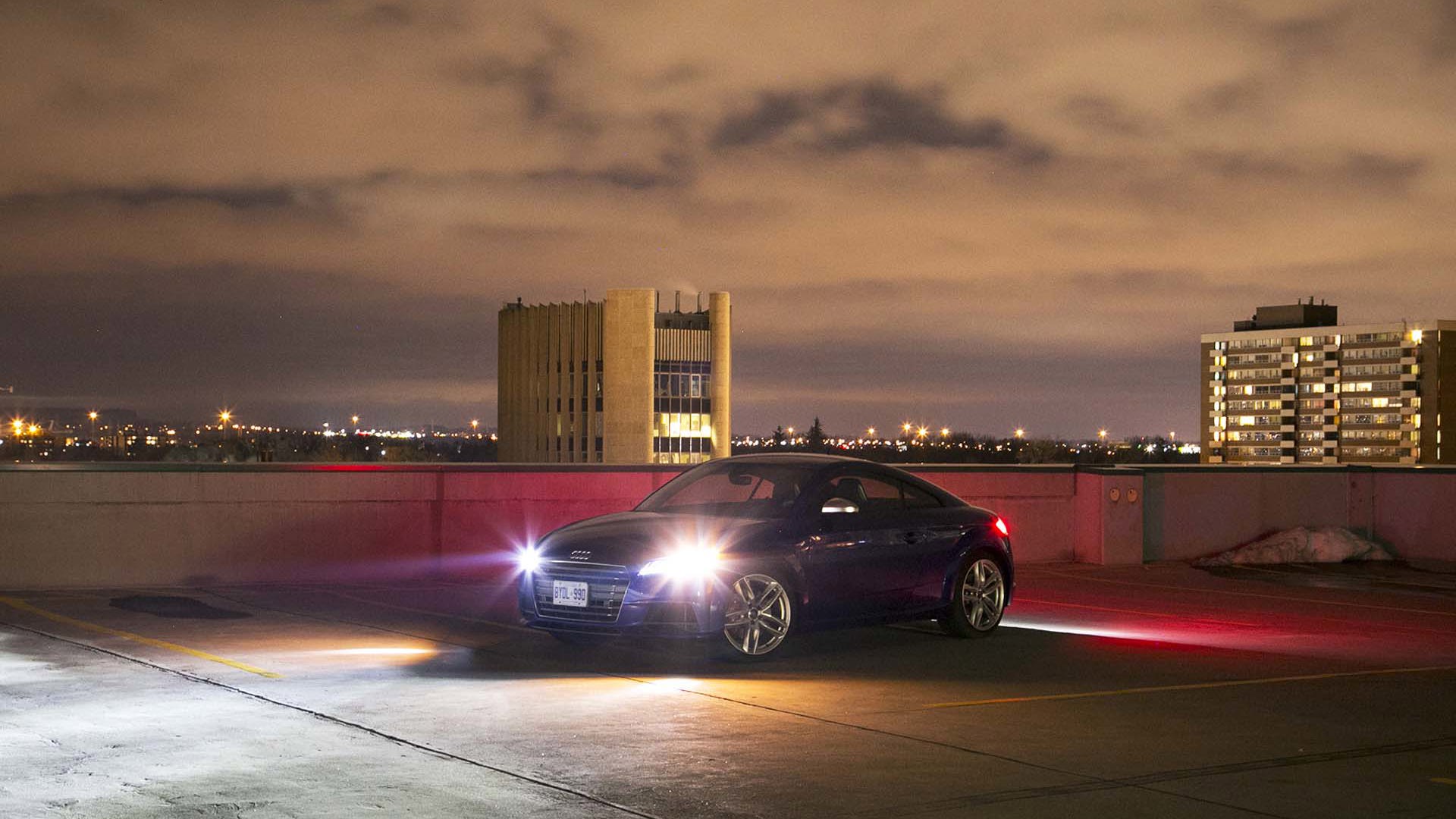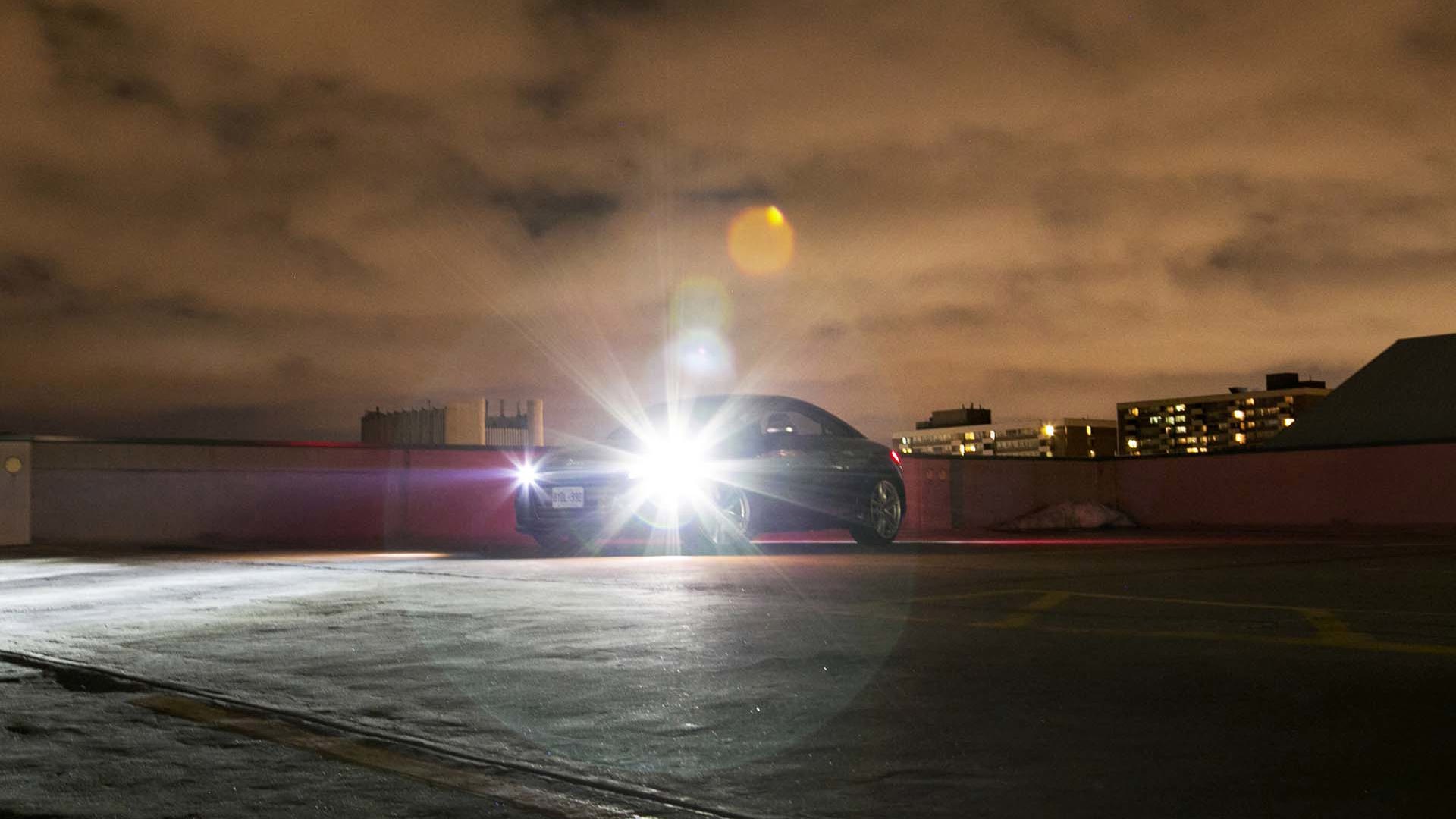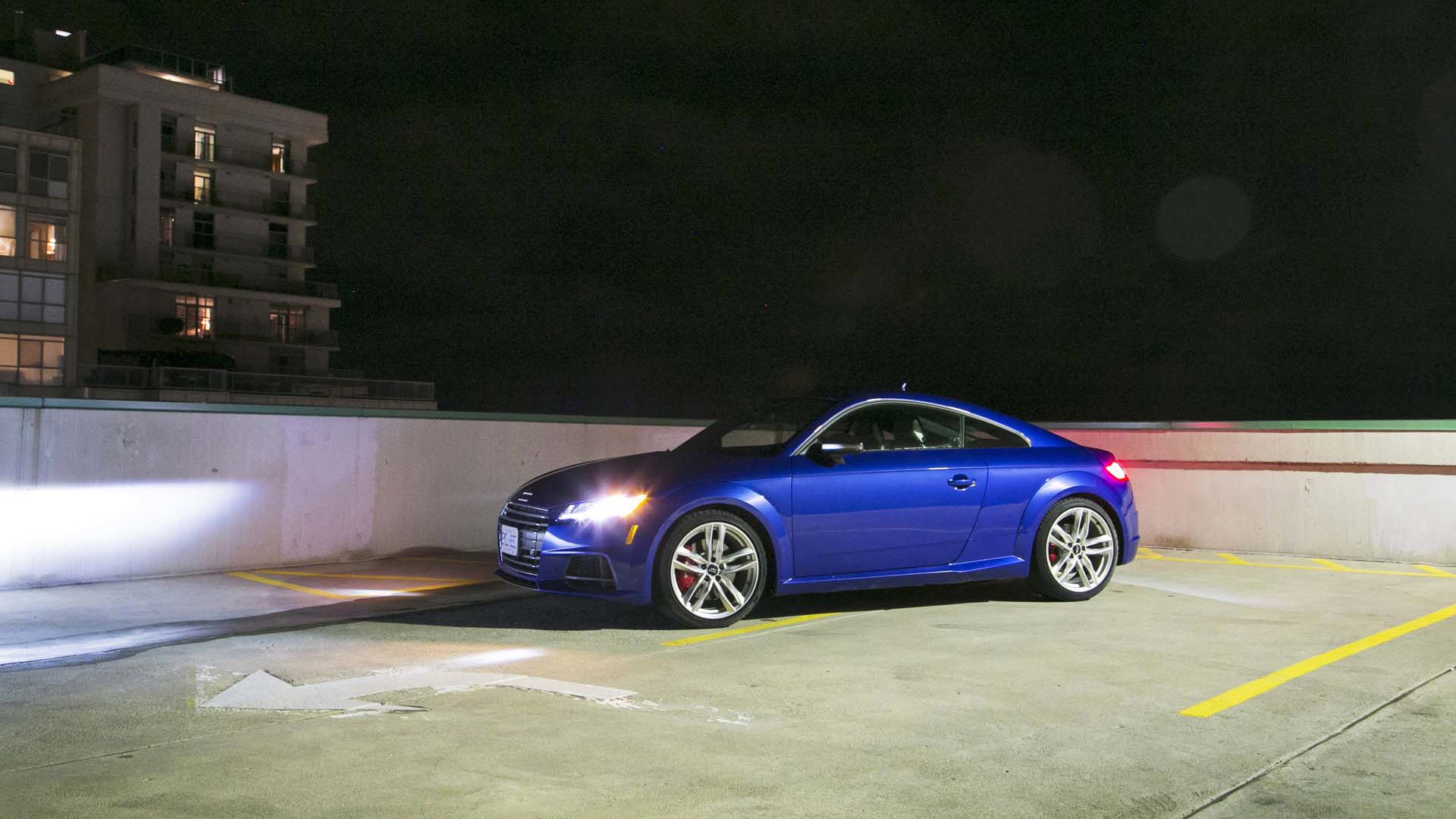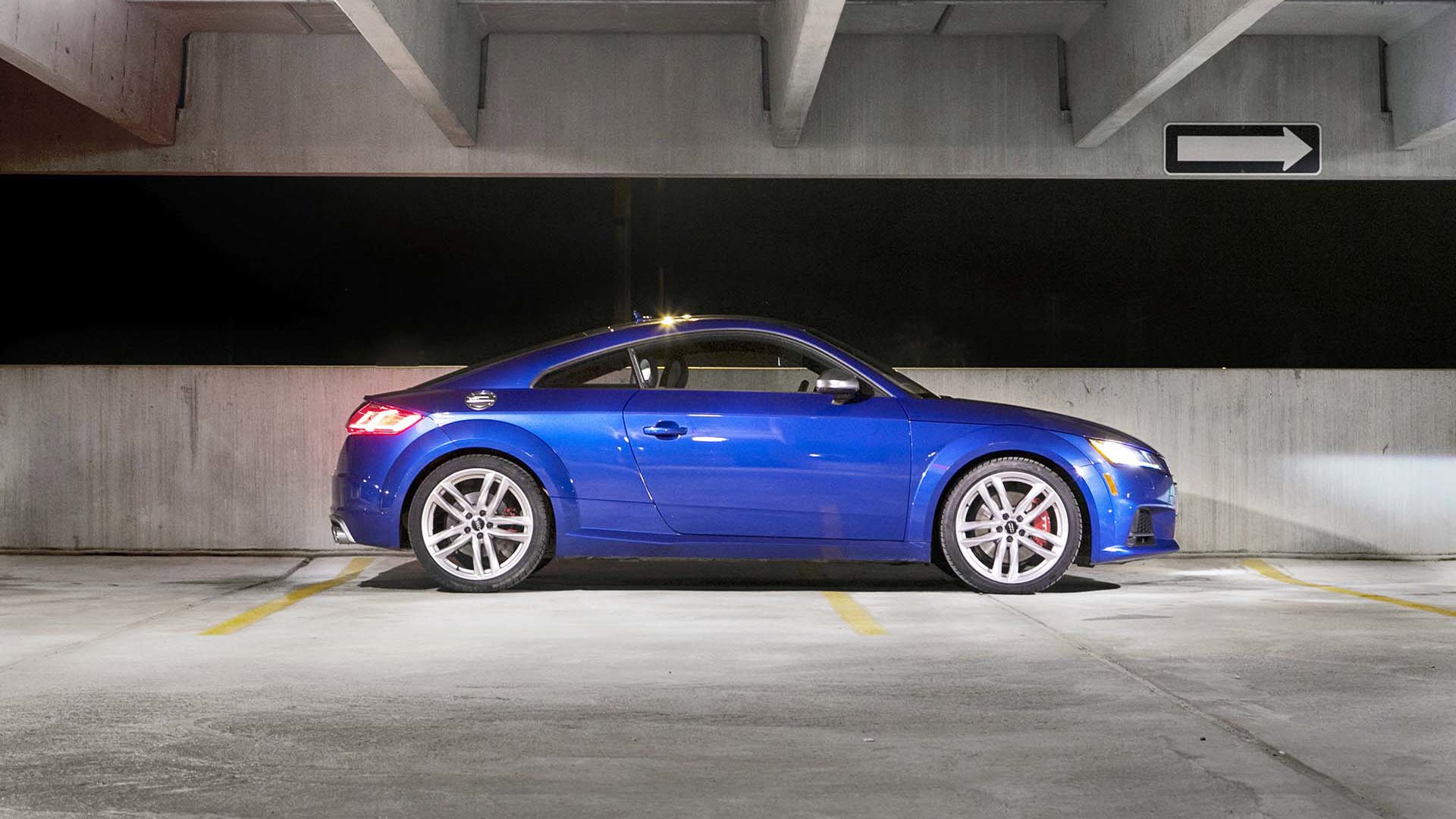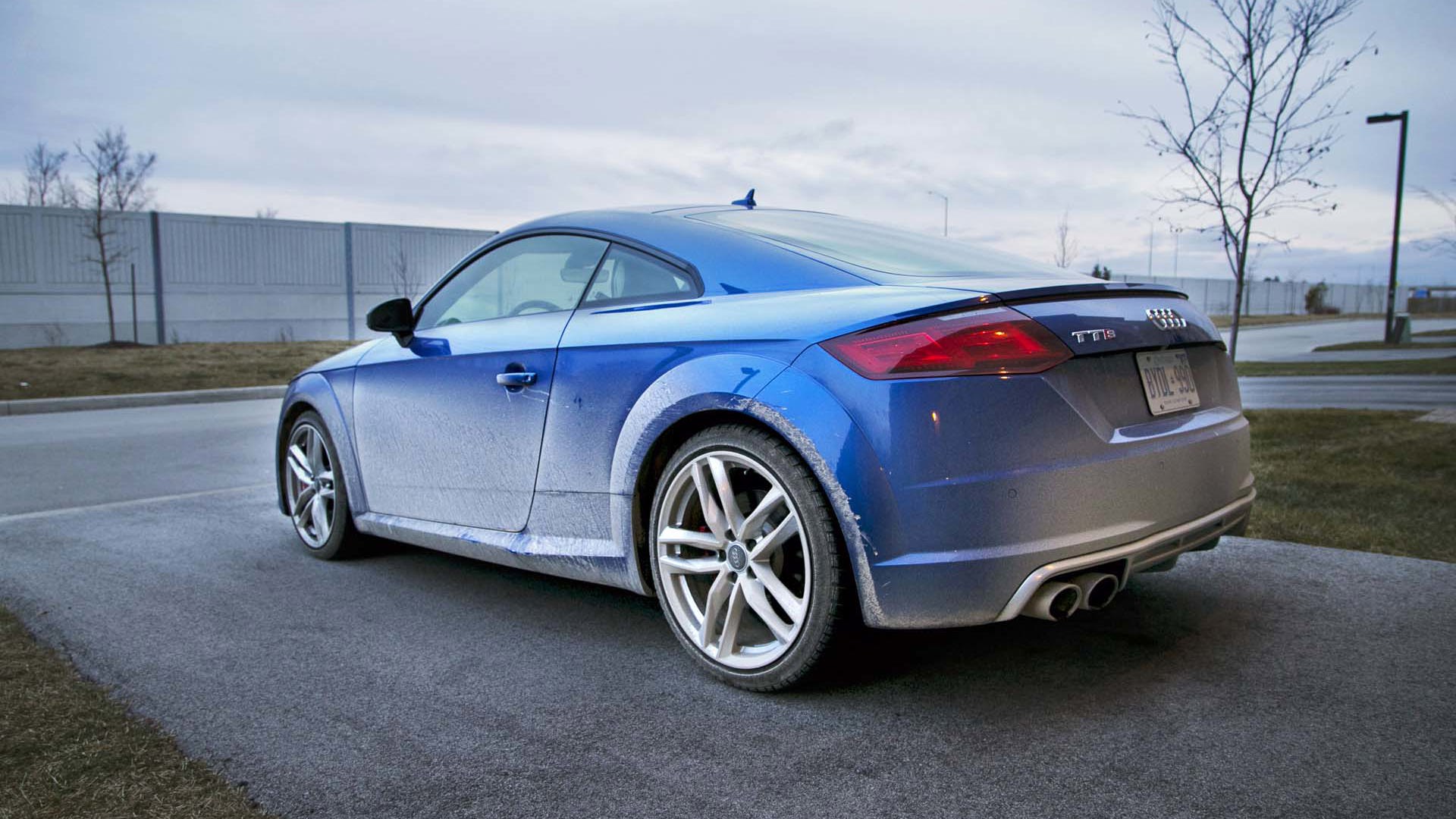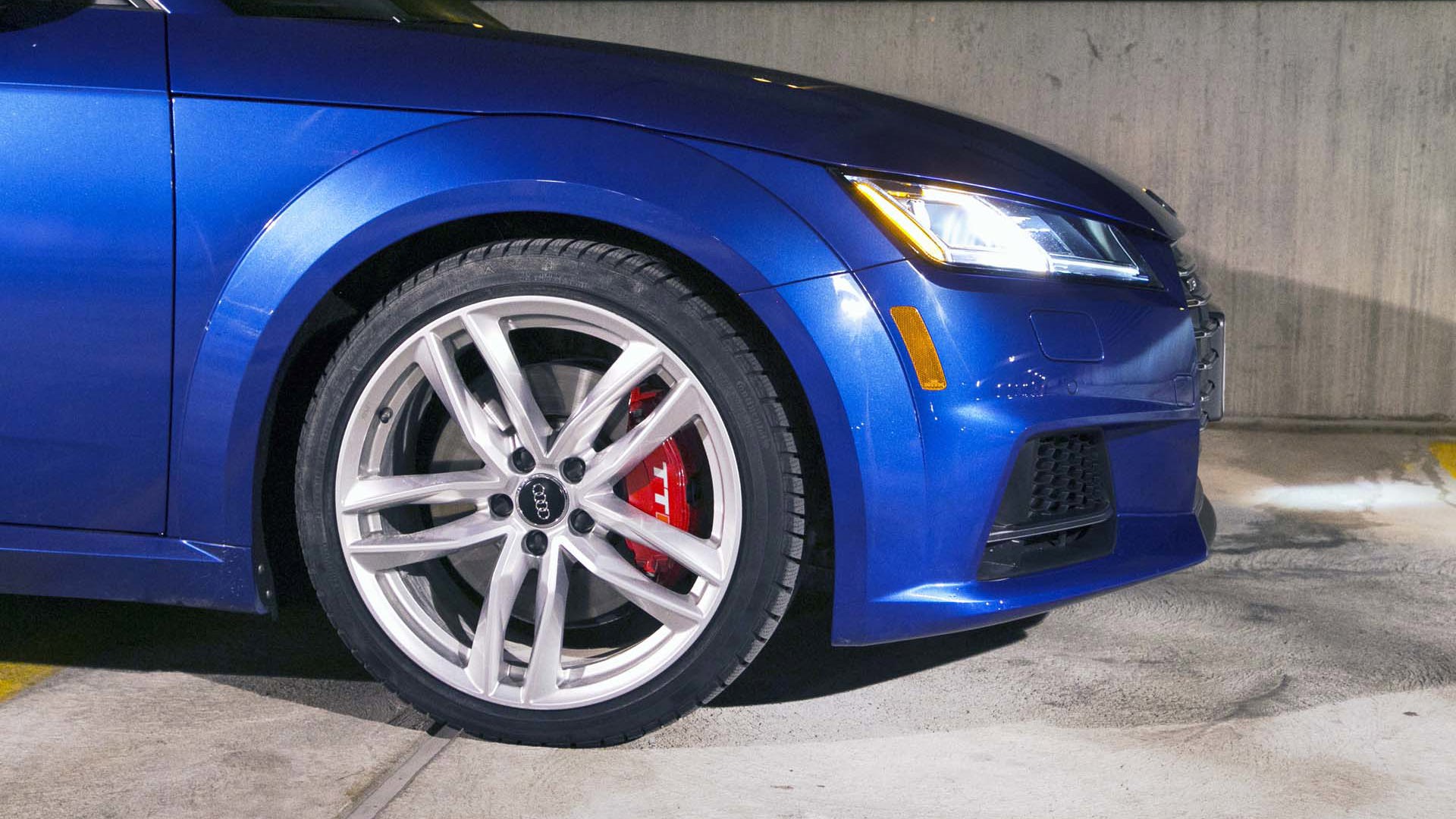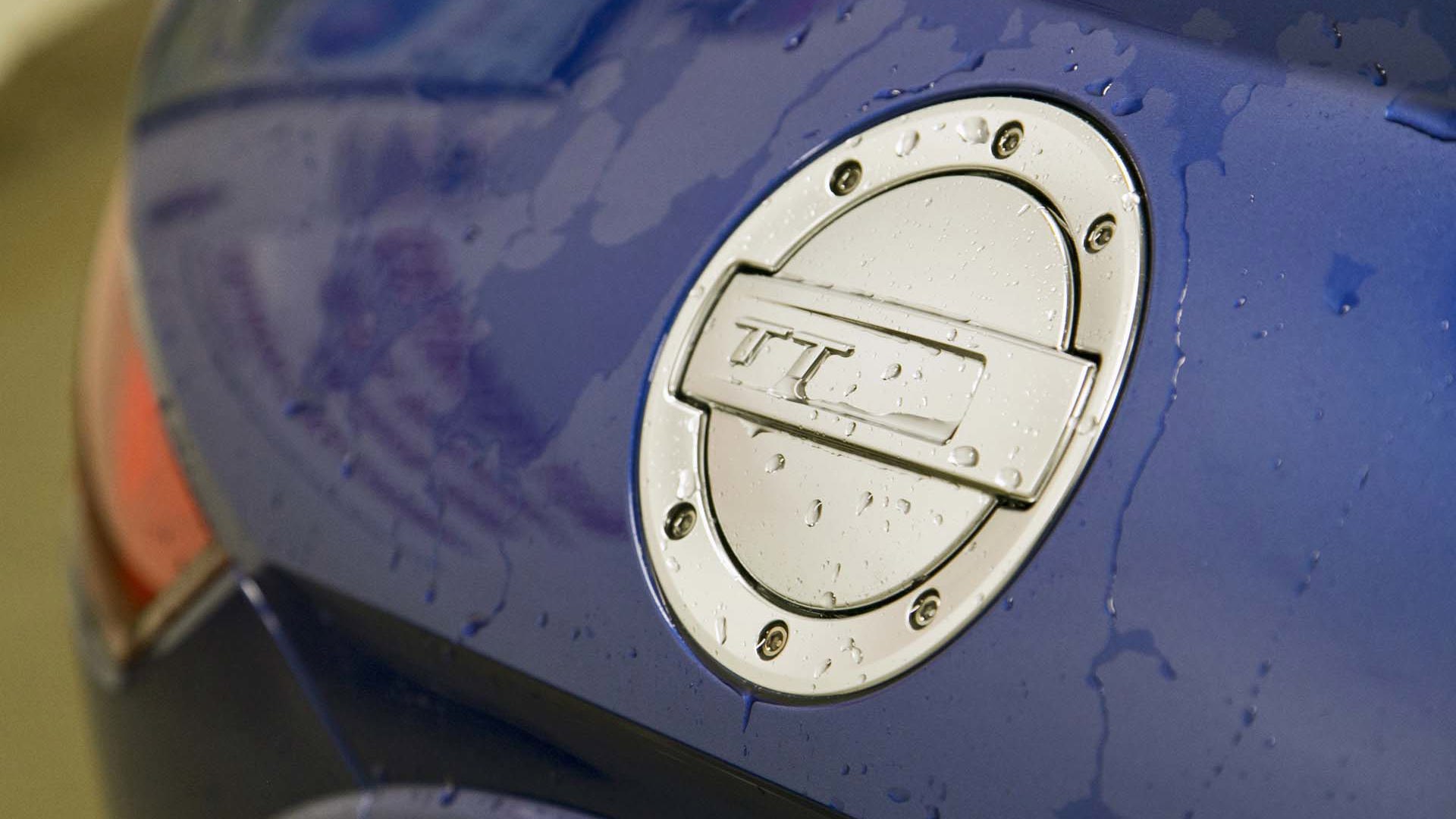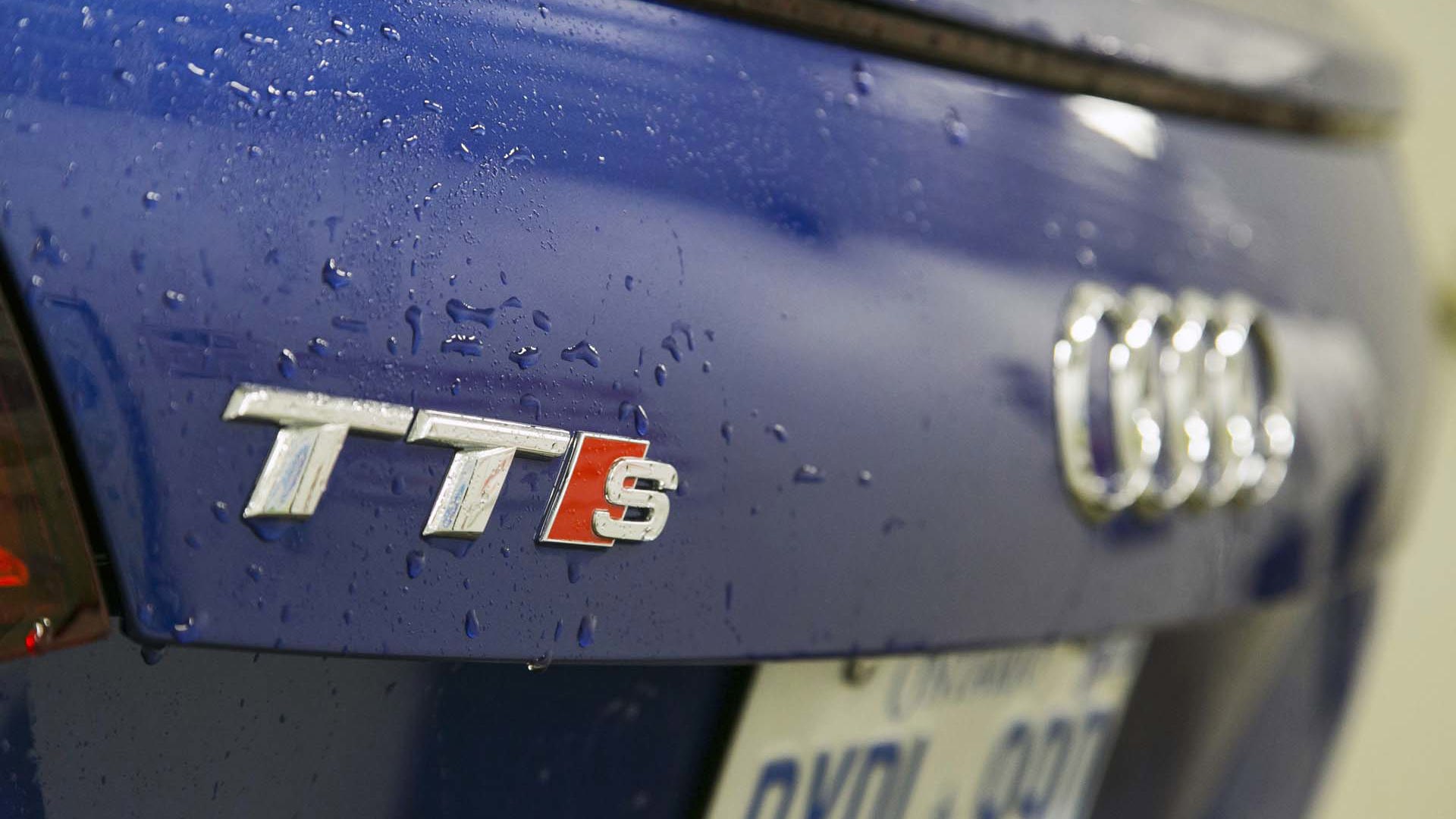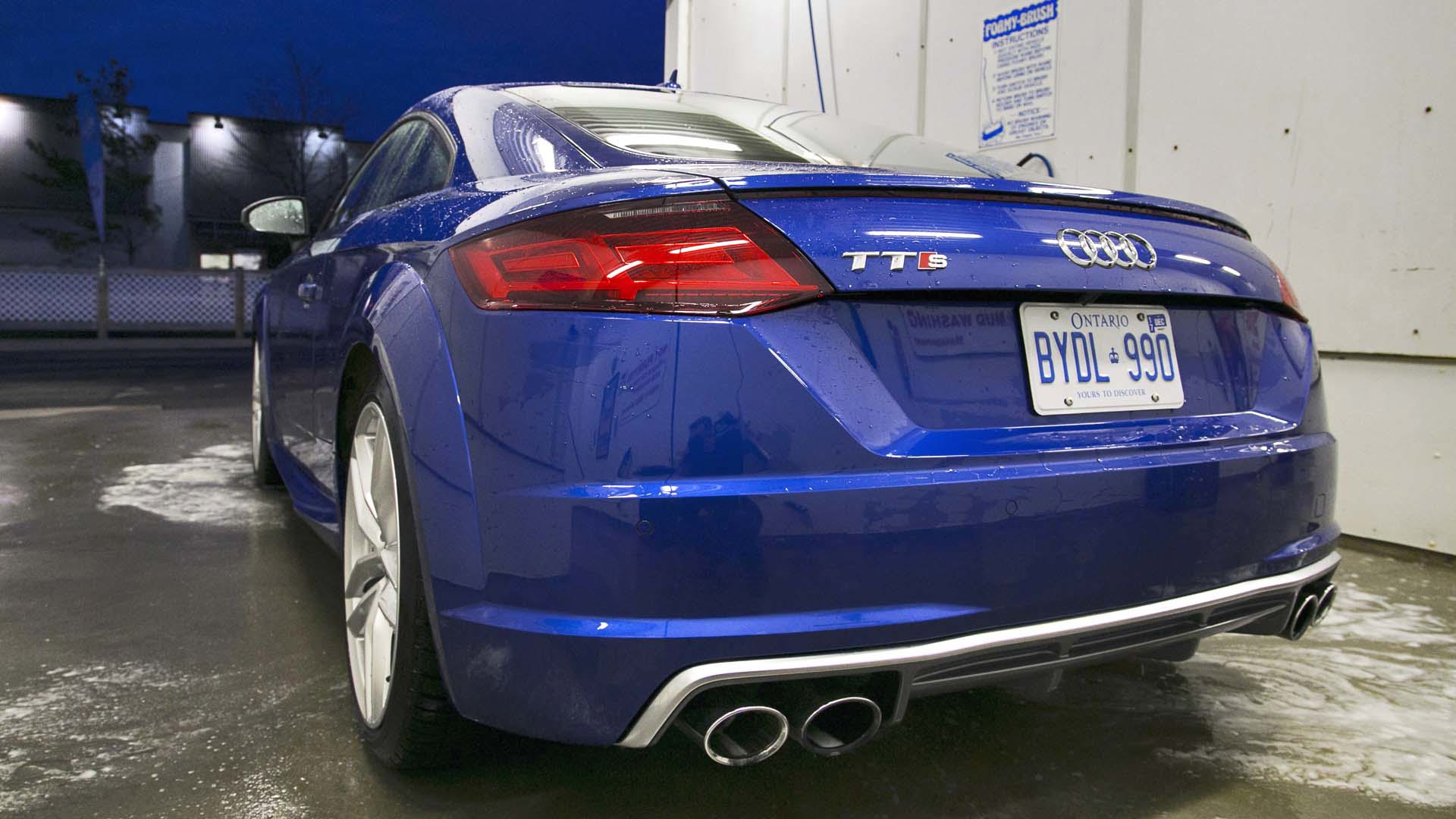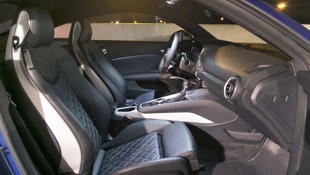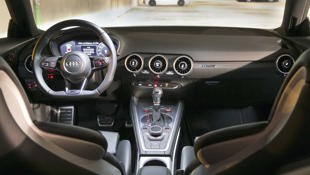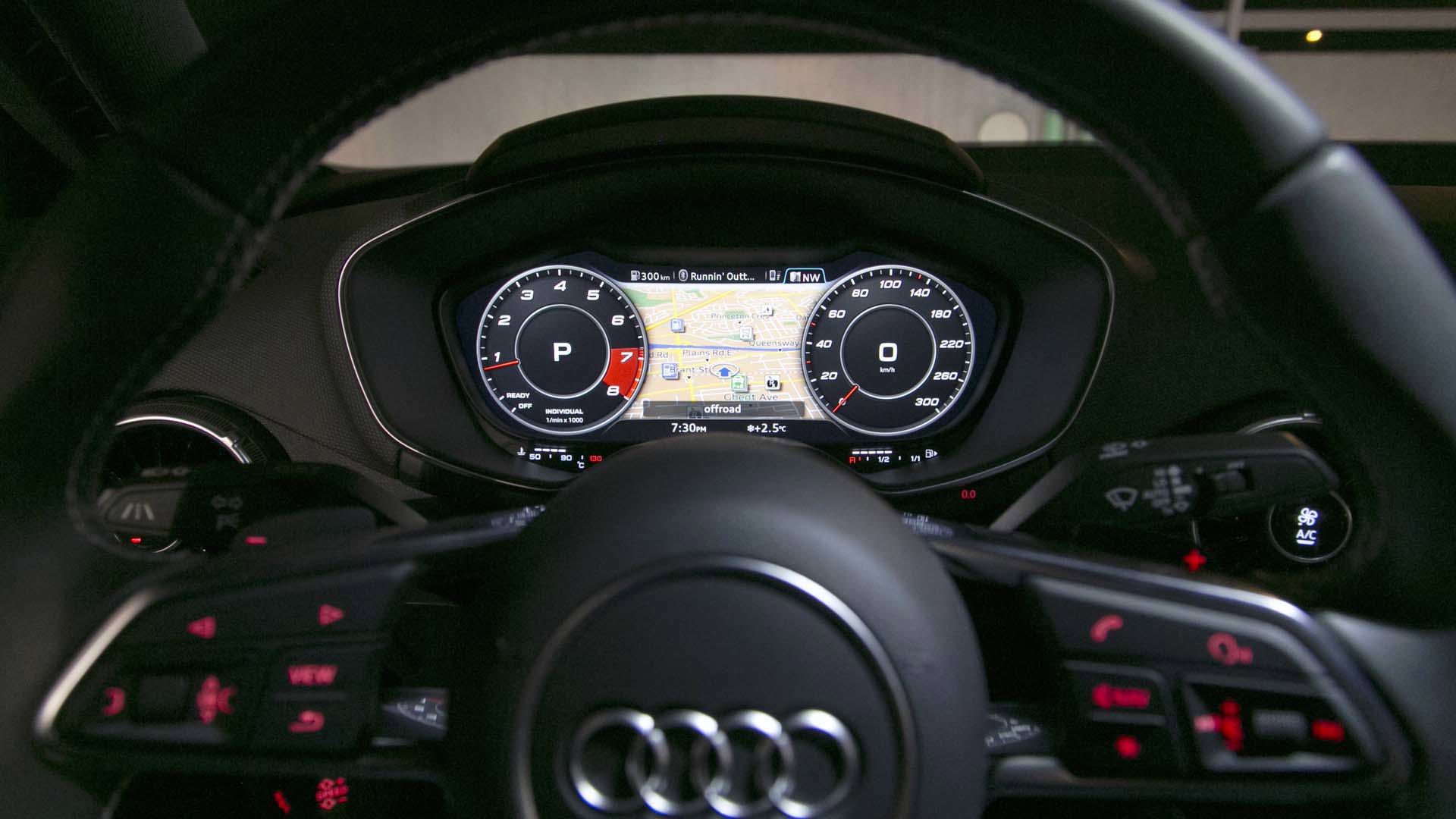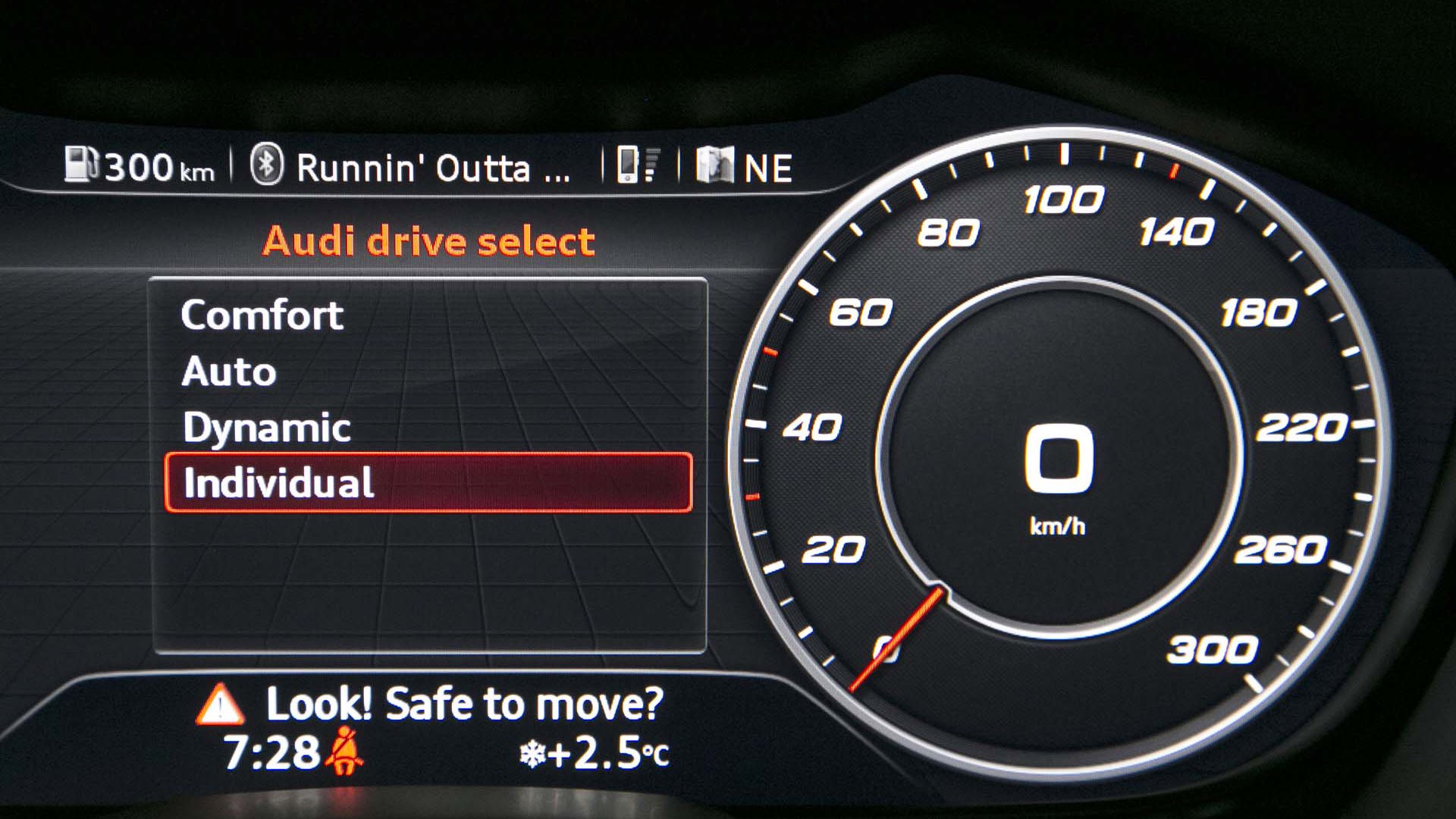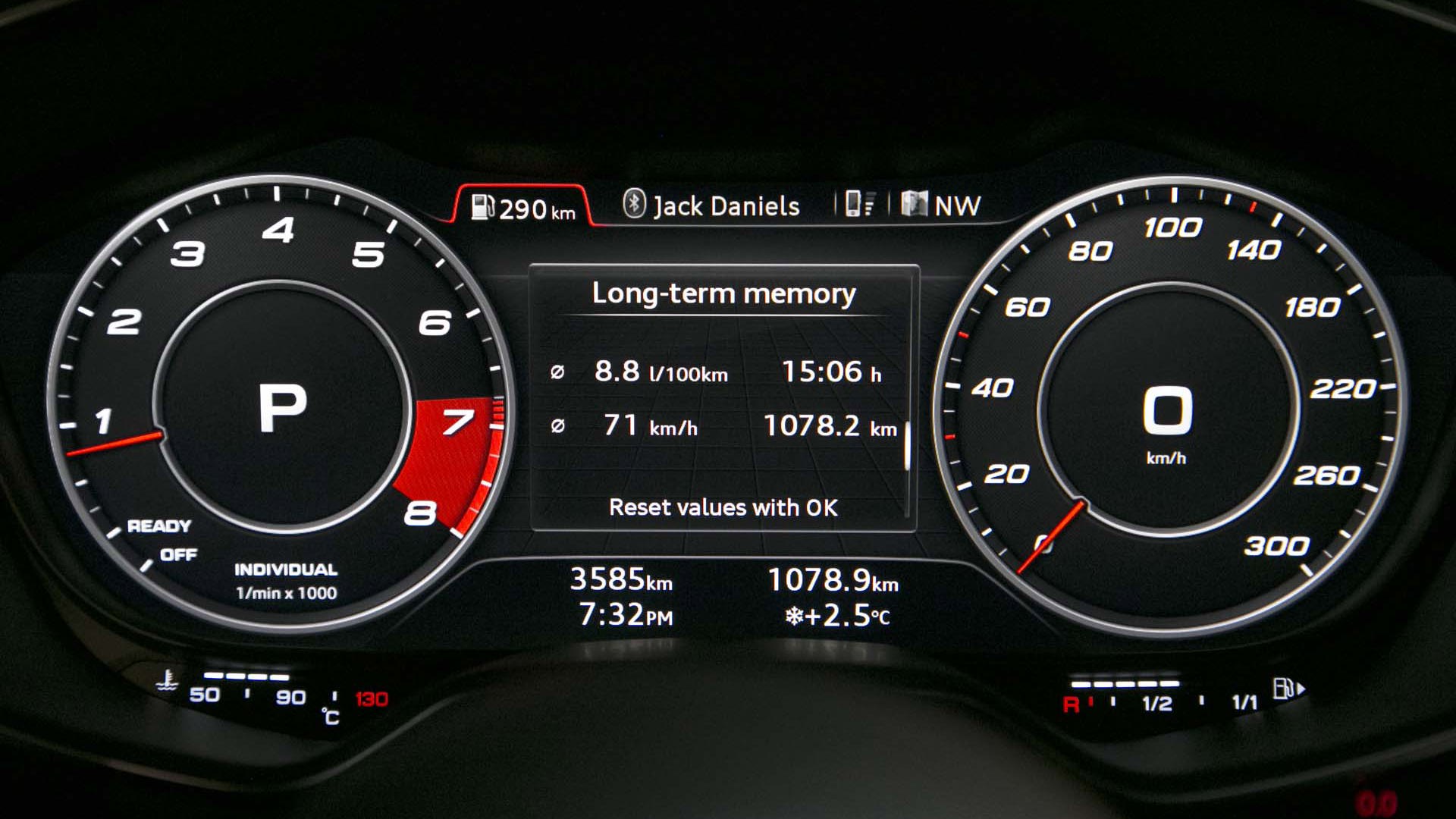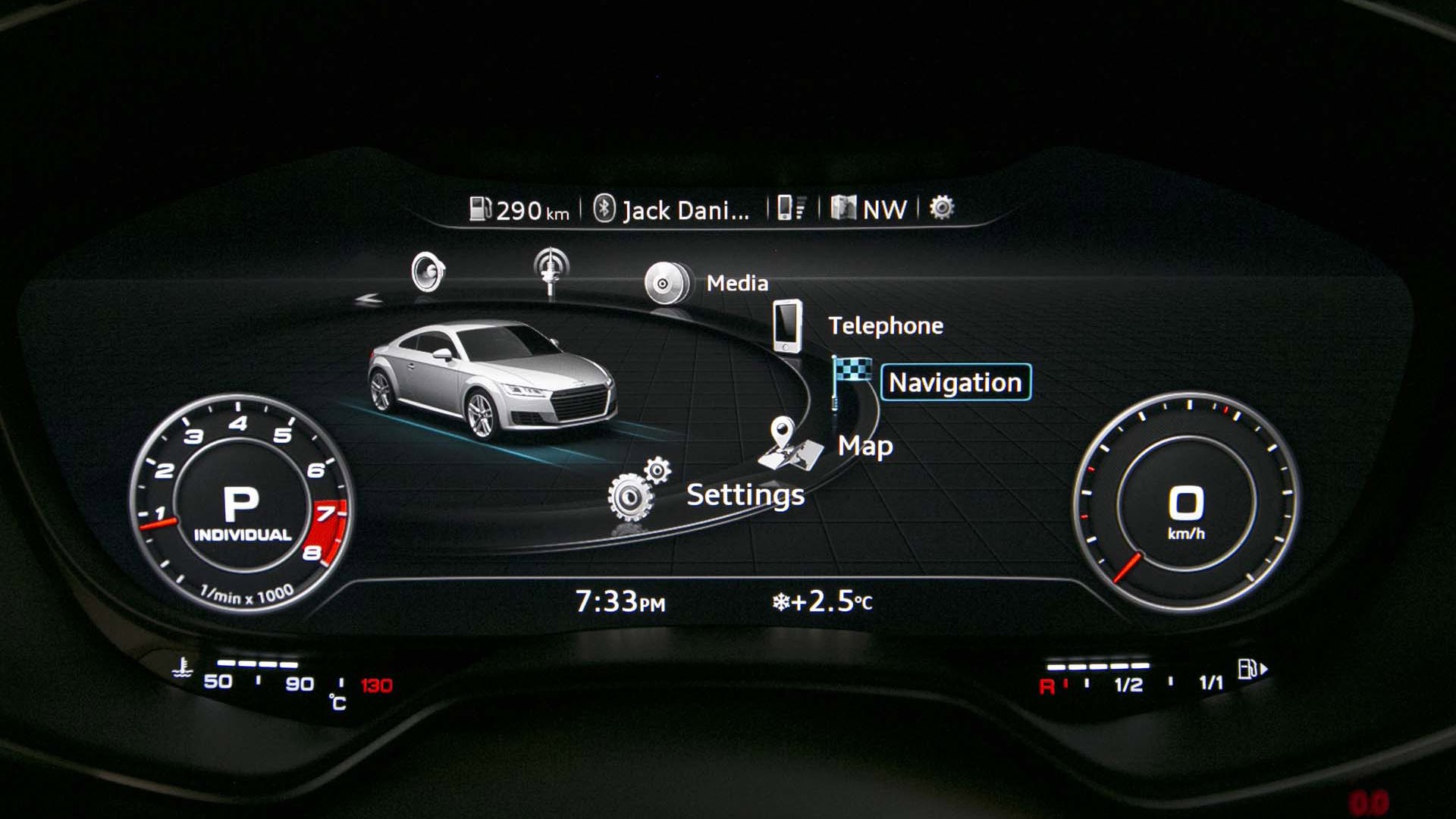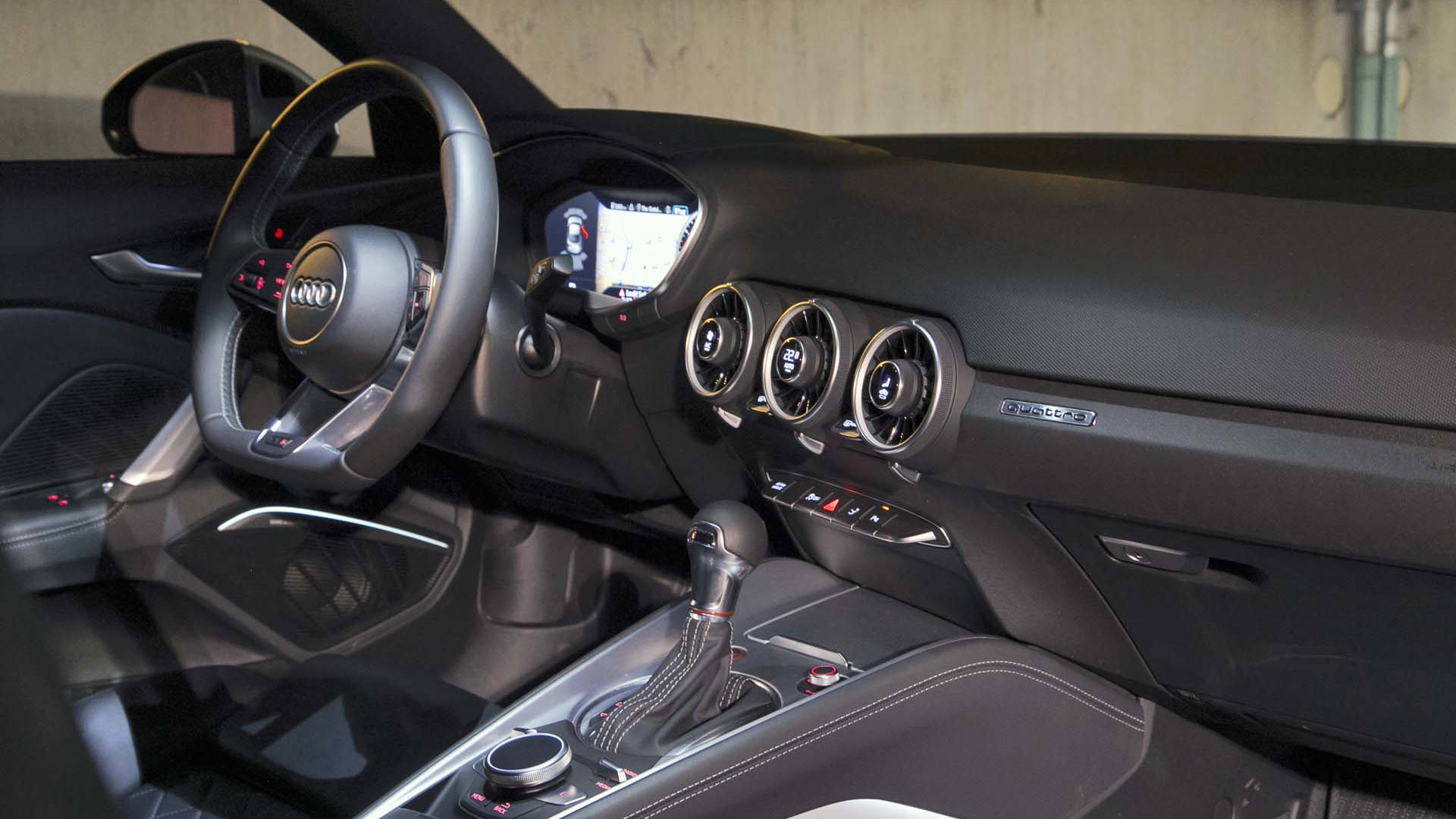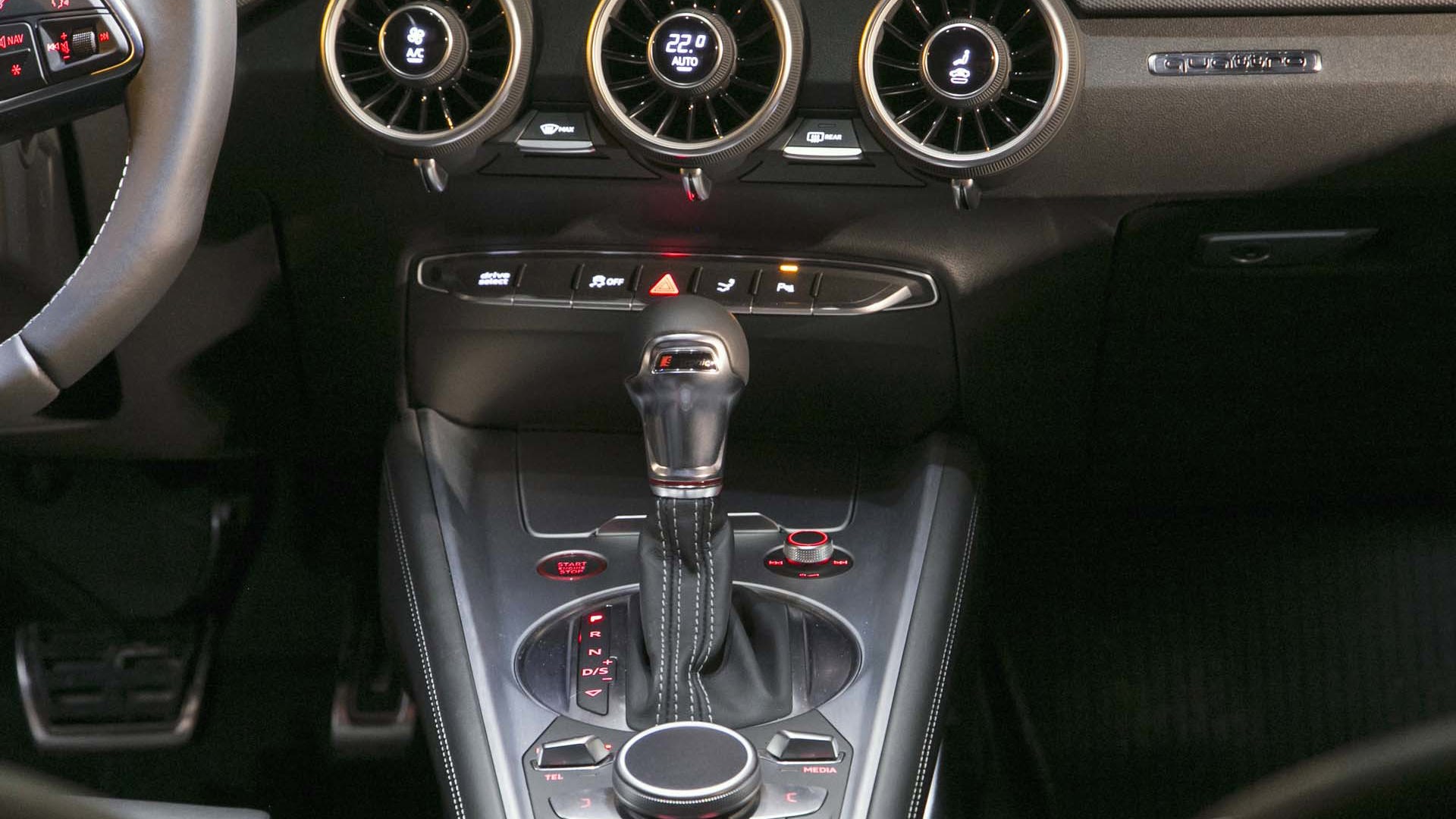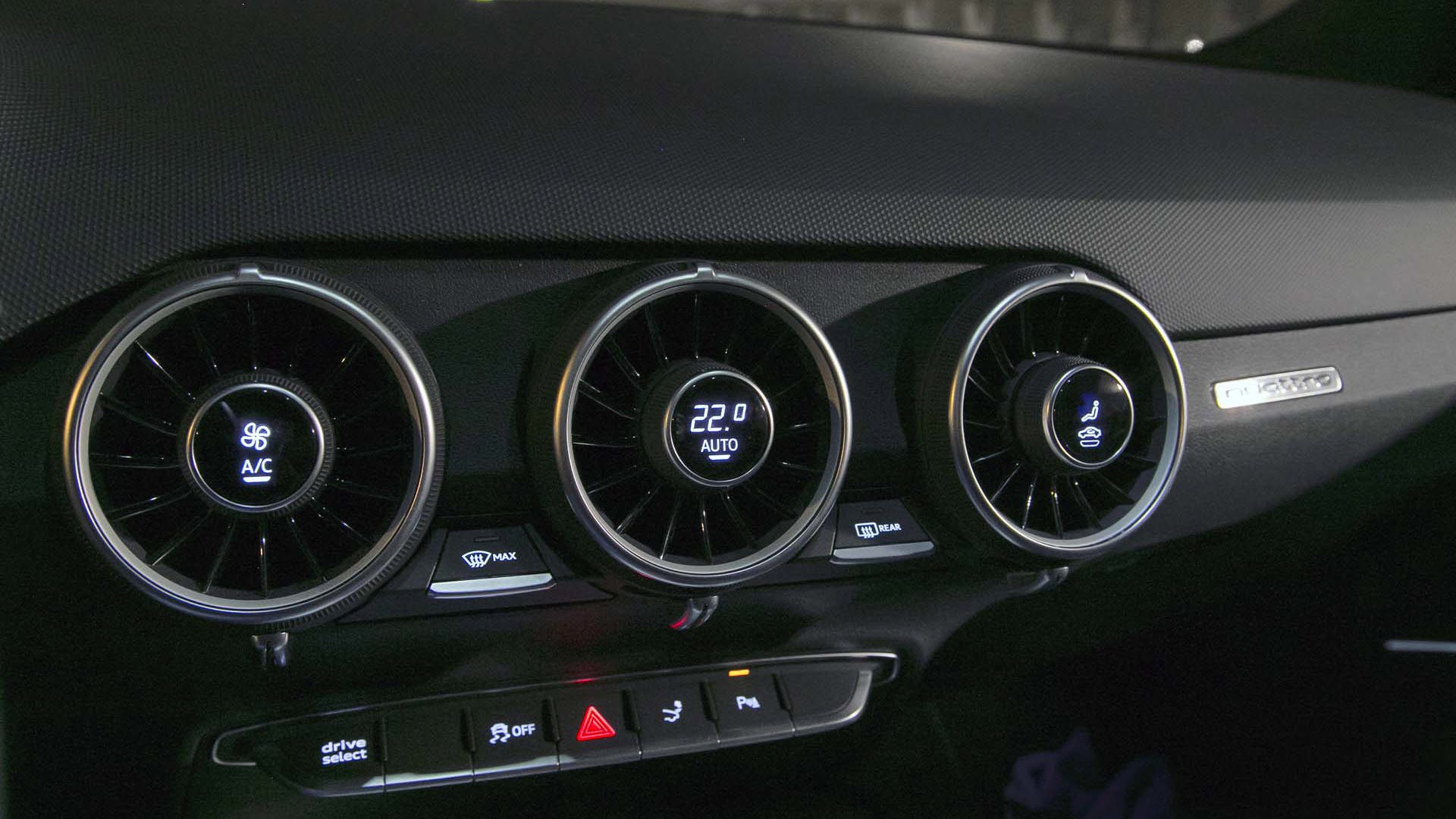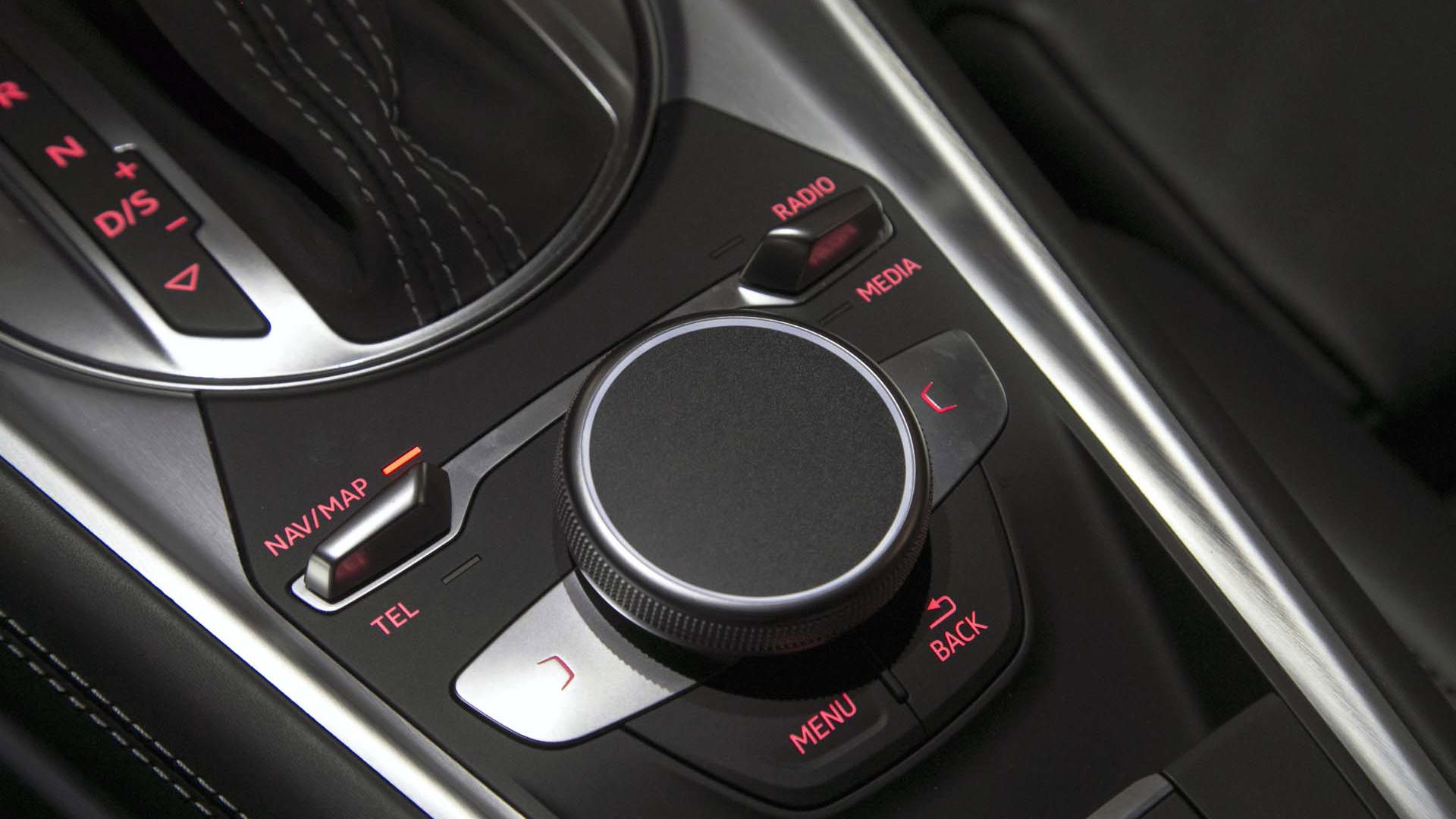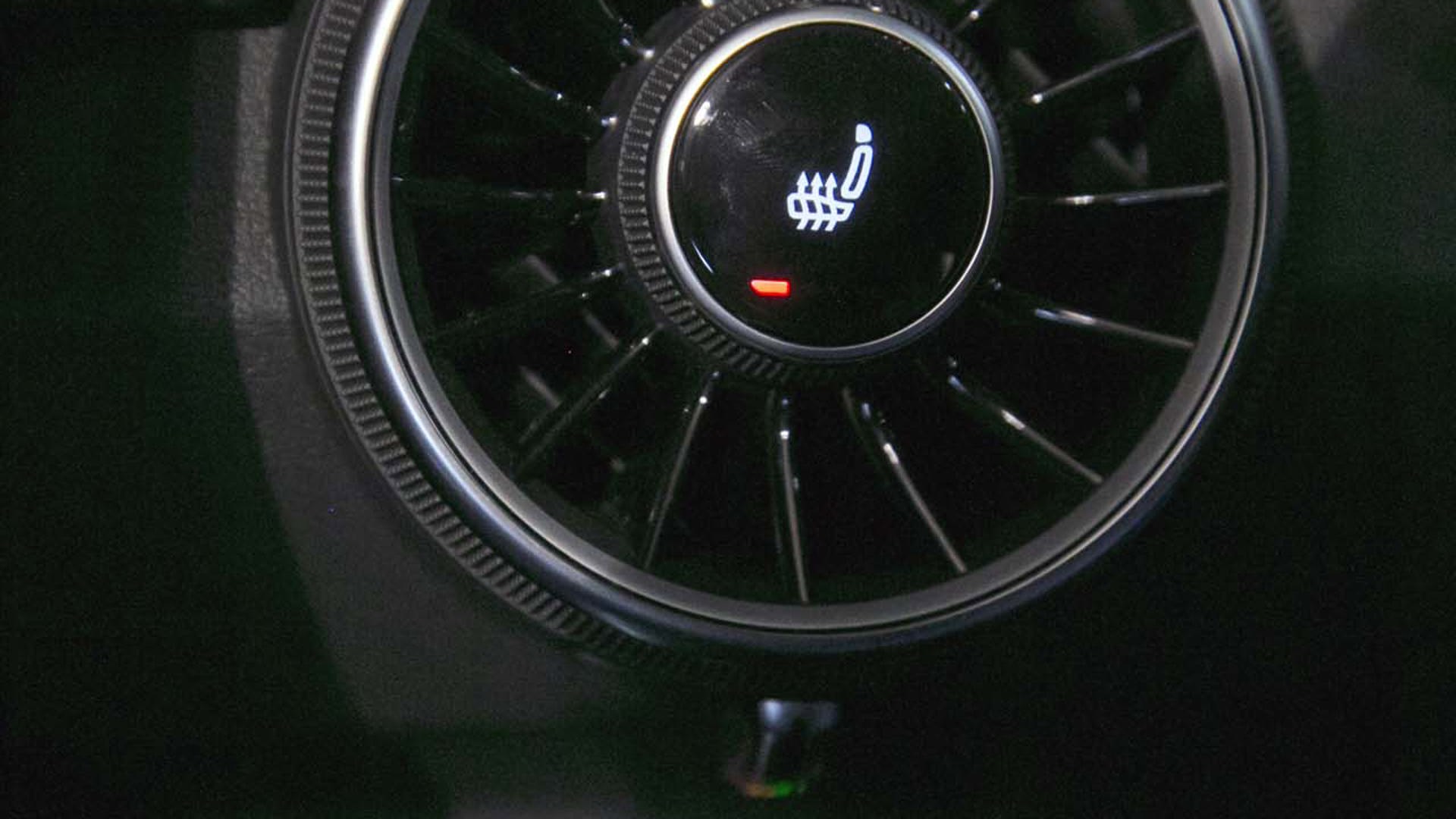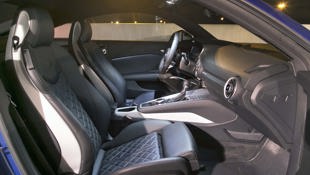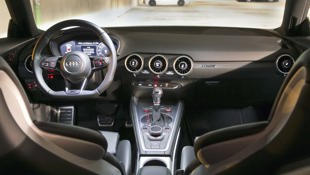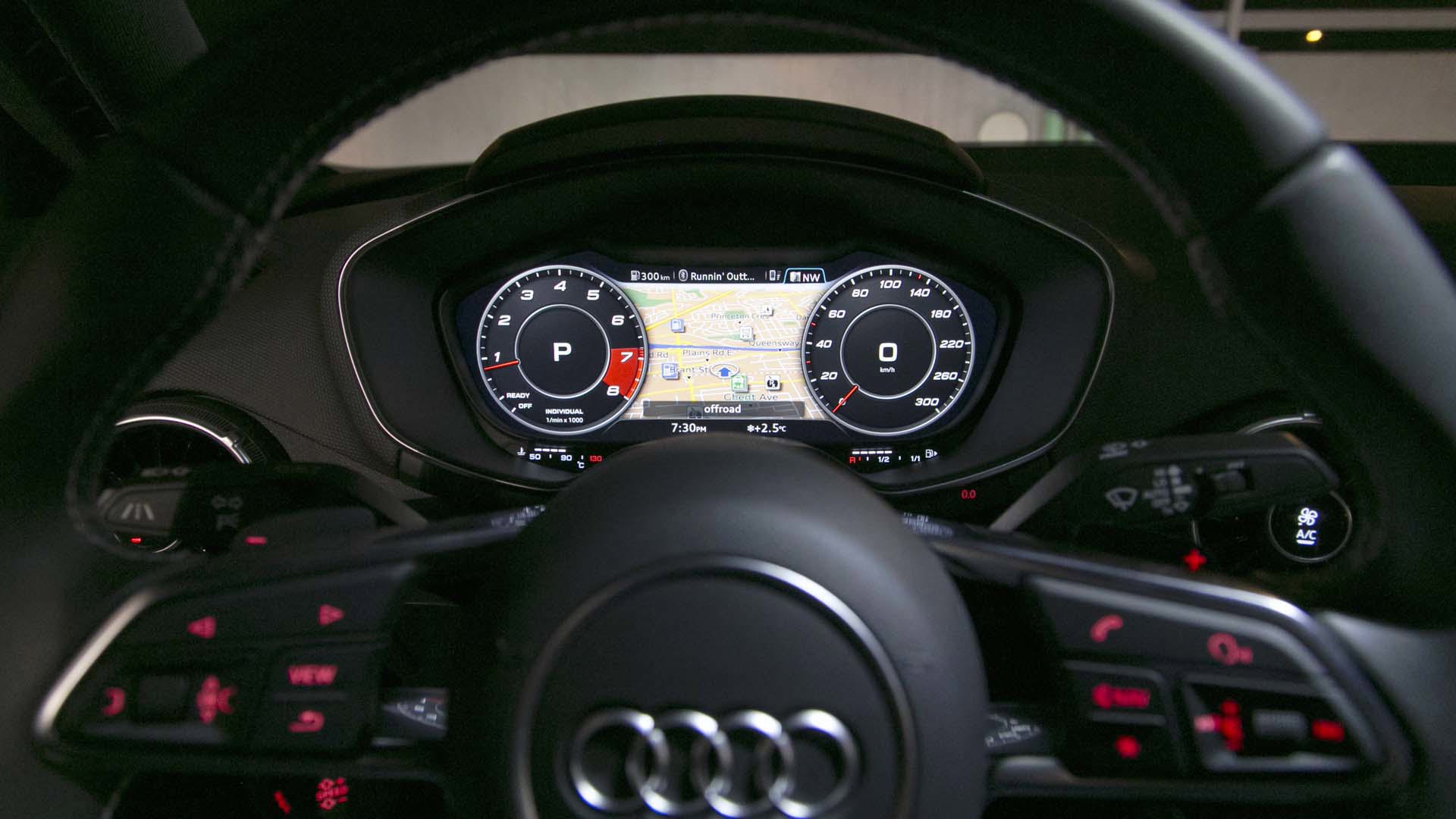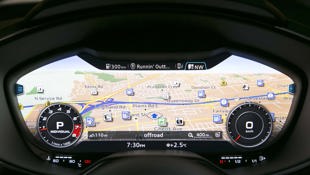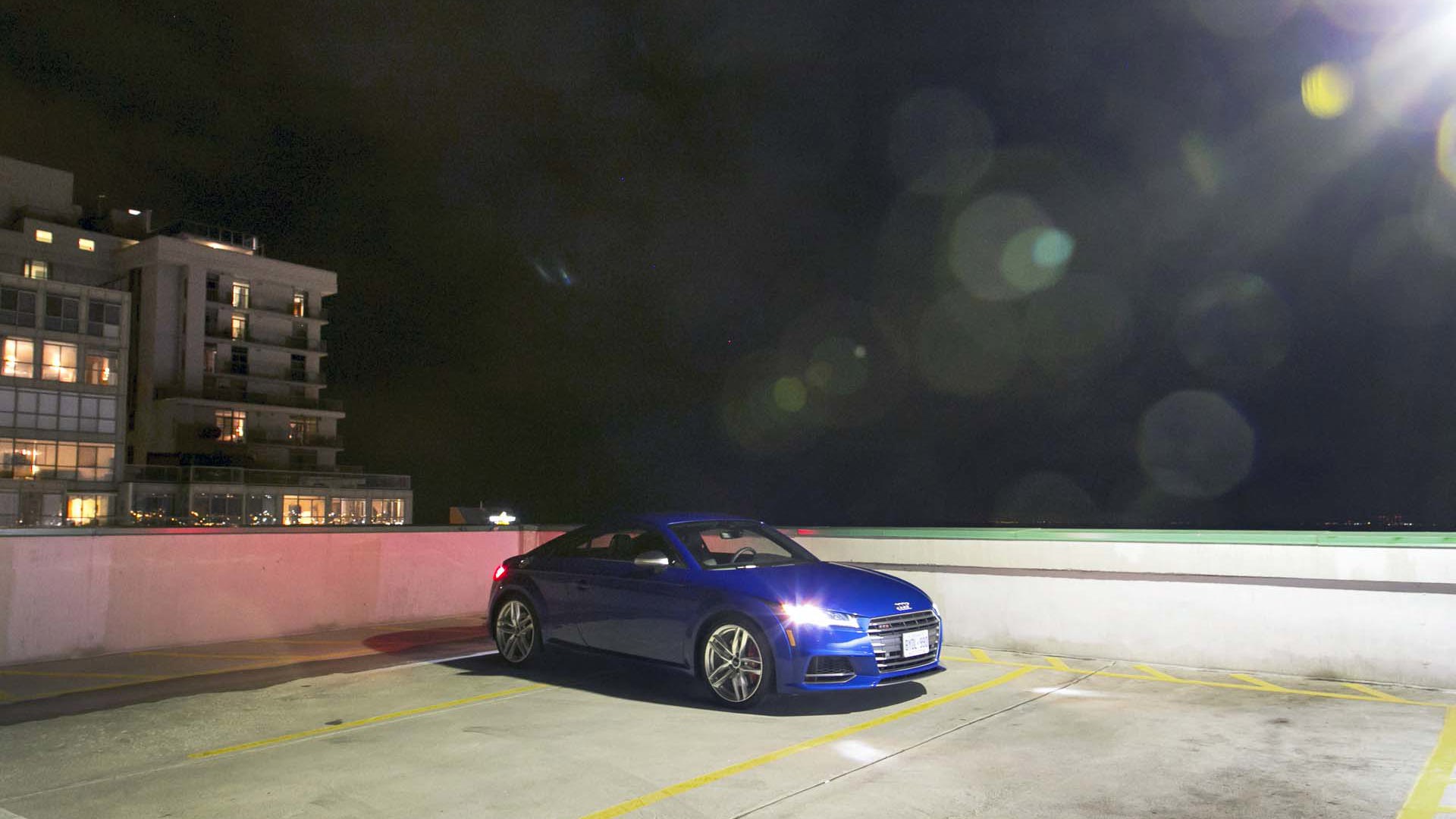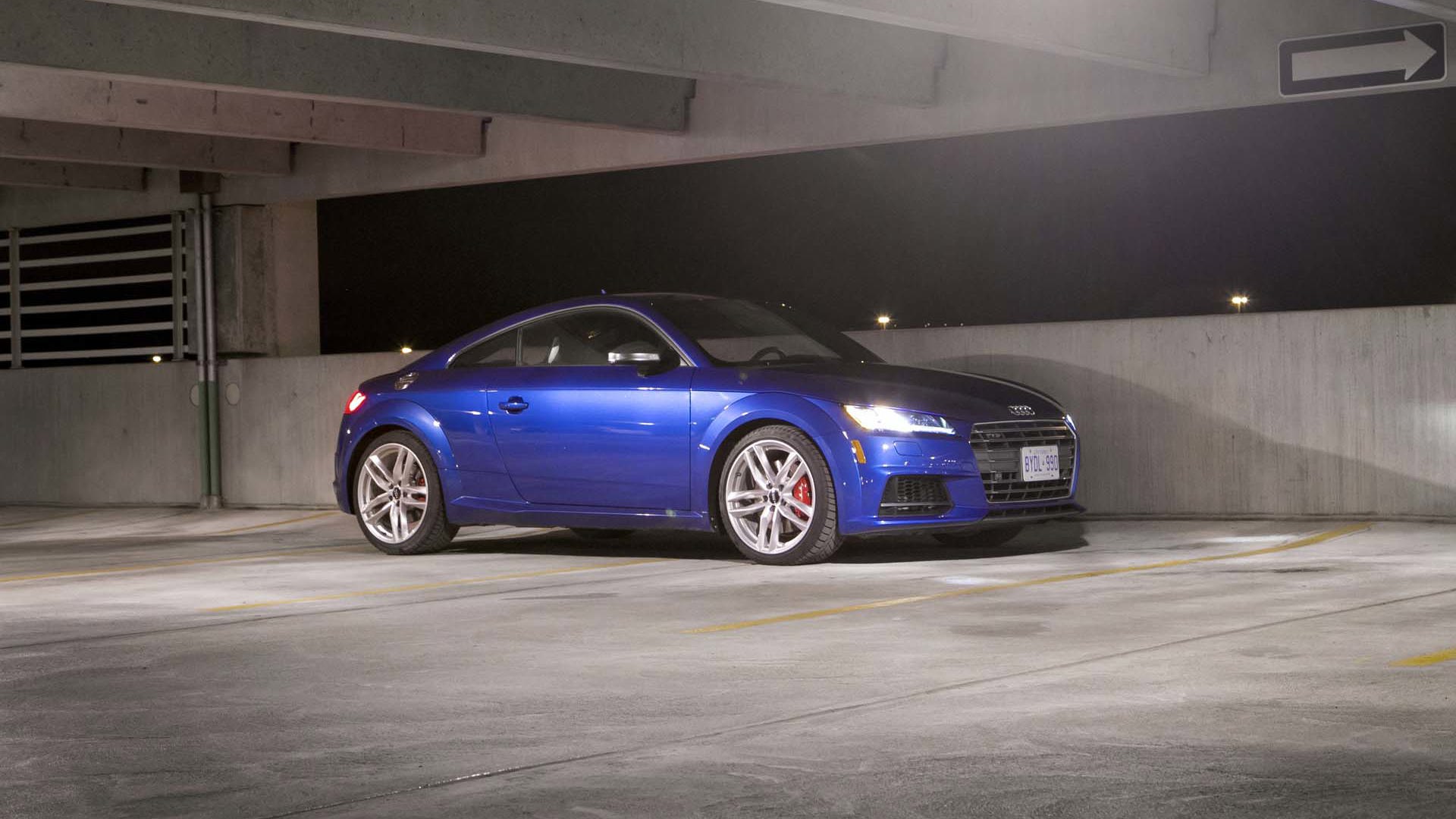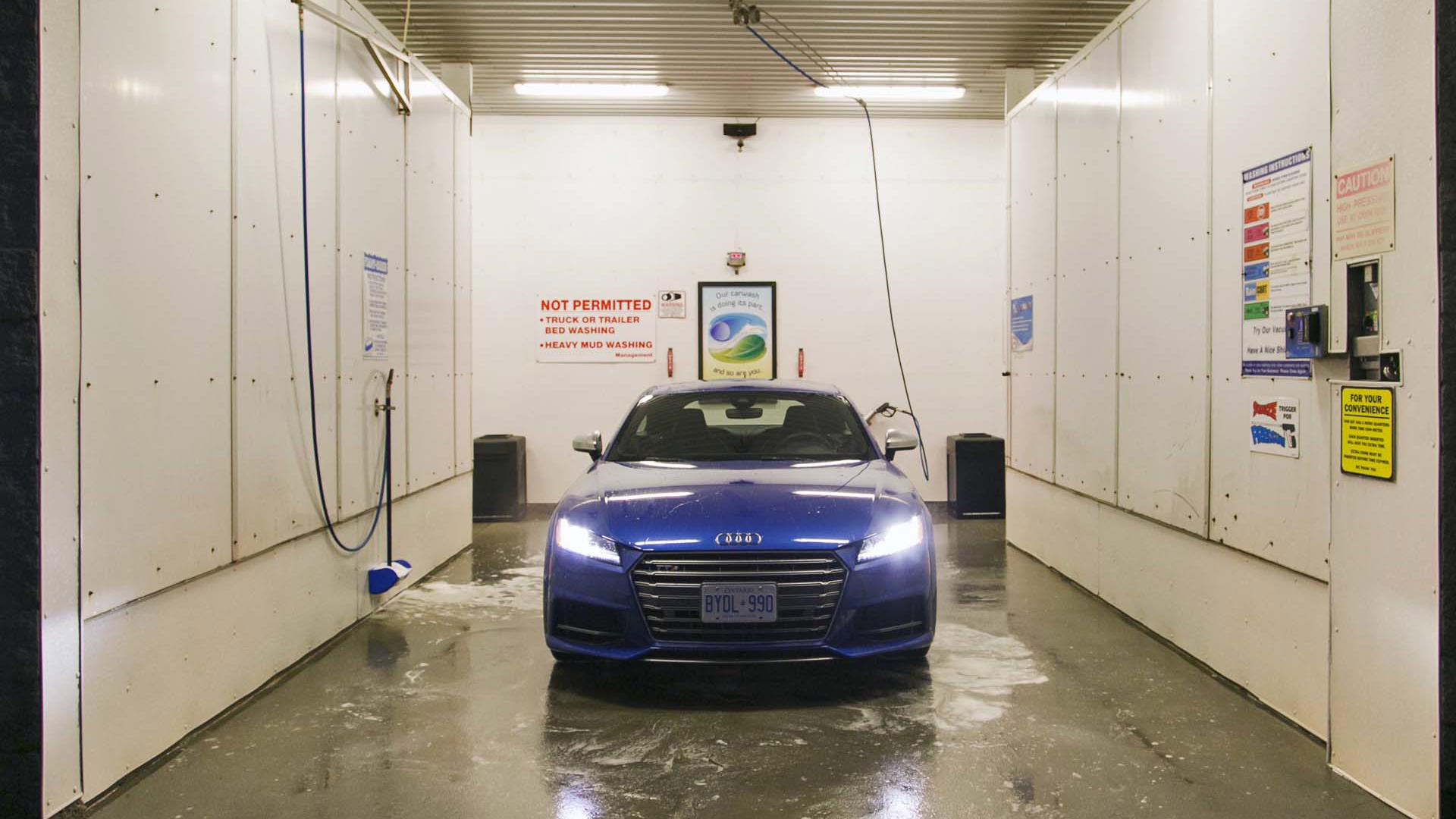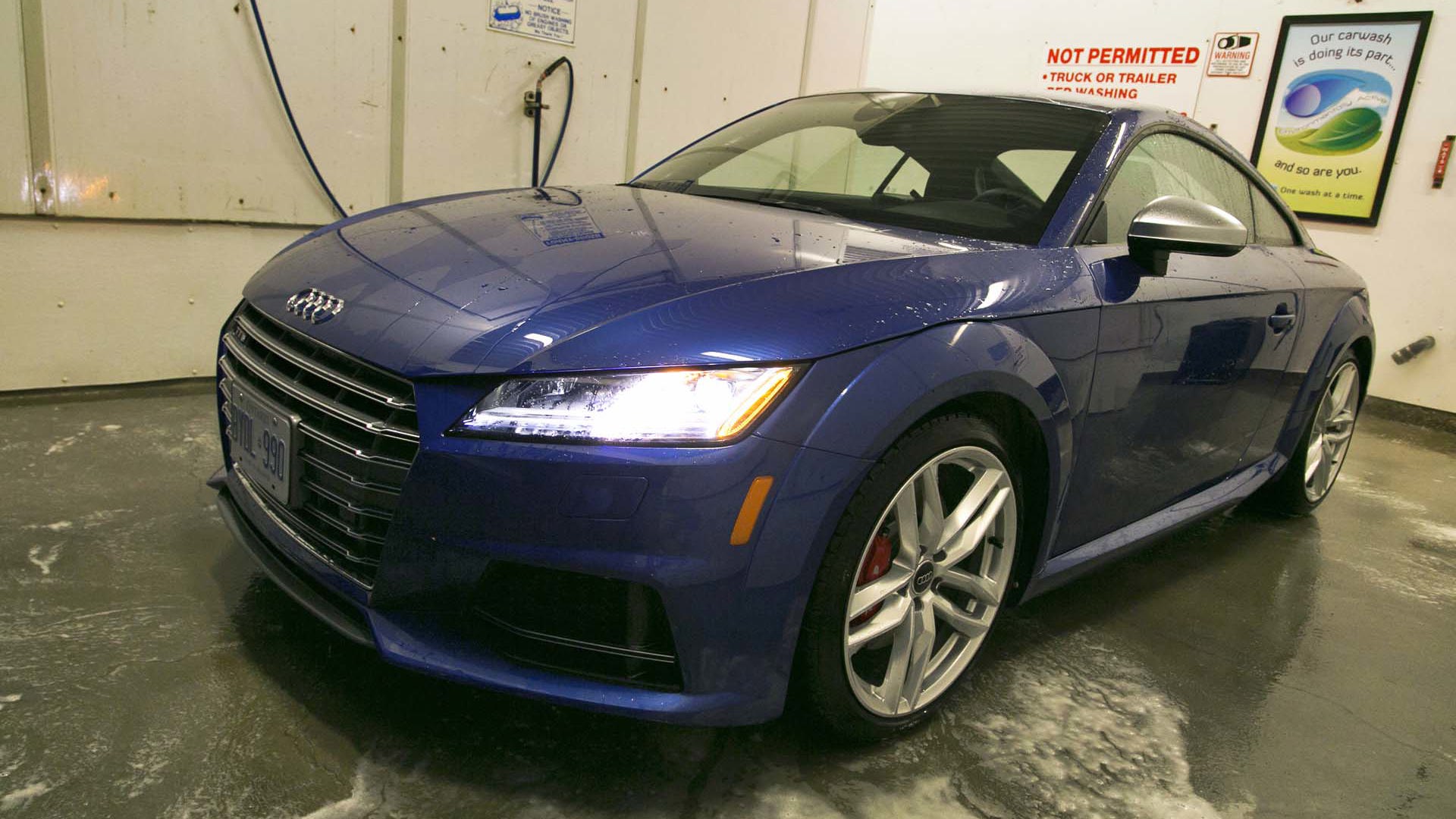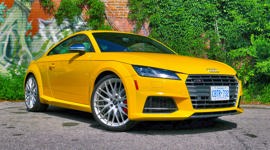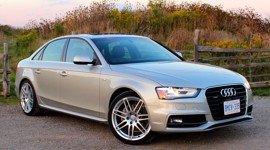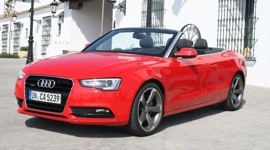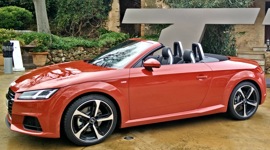 AutoTrader SCORE
AutoTrader SCORE
-
EXTERIOR STYLING9/10
-
INTERIOR9/10
-
PERFORMANCE9/10
-
COMFORT7/10
-
FUEL ECONOMY7/10
Volkswagen’s new Golf R hot hatch has been receiving heaping doses of praise from enthusiasts and the media alike. Heck, as one of three finalists for the Automobile Journalists Association of Canada’s Canadian Car of the Year Awards, it was nearly crowned the best new car for 2016.
Imagine a car that amplifies all that’s endearing about the Golf R (taut MQB underpinnings, smooth and powerful EA888 engine), and wraps them in a lighter, better-looking package.
It receives these kudos for good reason. It’s a car that’s simultaneously solid, yet tossable; refined, yet playful and reasonably practical to boot. But when pushing north of the $40,000 mark, it does start to sound a little expensive for a car that most fellow motorists couldn’t discern from a $20,000 Golf.
So, imagine a car that amplifies all that’s endearing about the Golf R (taut MQB underpinnings, smooth and powerful EA888 engine), and wraps them in a lighter, better-looking package. That’s just what the Audi TTS is, and more.
Of course, at a starting price of nearly $62,000 – or about twenty grand more than the feisty Vee-dub, the TTS needs to impress. The body of the TTS is more aggressive than it was before, with its front end being particularly fearsome thanks to squat LED lighting and a sharper-edged grille opening that gives the TTS a decidedly R8-look – never a bad thing, that.
As with the last-generation TTS, the new car features a lot of aluminum in its construction, enabling some weight saving versus last year’s car to the tune of about 45 kg (and versus the Golf R at about 85 kg). What’s more, the mass is carried lower in the TTS, contributing to improved overall handling.
That handling remains a strong suit of the TTS. Turn-in is very quick as is the steering in general. The car responds immediately to driver inputs and remains impressively flat in cornering, especially in Dynamic mode, where the trade-off is a pretty firm ride, made especially noticeable on frost-heaved winter roads during our test week.
Thanks to Audi’s Quattro all-wheel-drive system – and on the press car, a good set of Continental winter tires – our TTS test car proved to be a great companion for some of the back roads we discovered when the car’s navigation system directed us down some ridiculous rural roads en route to the Blue Mountain ski area. Stable, and with loads of grip, the Audi was a willing partner in fulfilling some quasi-rally-driver fantasies tearing down the snow-and-gravel roads through the region’s forests at night (the brilliantly bright LED headlights were also a welcome standard feature).
With the 2.0L turbocharged four-cylinder engine twisting out 280 lb-ft of torque from 1,900 rpm, and 292 horsepower, the 1,485 kg TTS will reportedly reach 100 km/h in 4.9 seconds. Being generally lag-free, the little turbo leaves the driver with little doubt that that time could be easily achieved, especially with the traction of the all-wheel drive, and the effortless (and blazingly quick) shifting of the 6-speed S tronic dual-clutch transmission doing all the hard work for you.
In Pictures: 2016 Audi TT and TTS
Midrange power feels particularly robust, meaning that passing is almost comical, especially if the driver clicks the left paddle shifter a couple of times to get the engine really boiling. With S mode selected on the shifter, revs are held longer, shifts are quicker and there’s even a louder burble from the exhaust. And thanks to the enhanced induction noises being pumped into the cabin, it even sounds halfway decent when you give the little engine the boot.
Audi’s TT family now enters its third generation and it has always been a fashion statement sort of car. Where the original TT was an unmitigated styling triumph, with shapes and finishes completely revolutionary in the auto industry of the time, the second generation seemed a bit tame by comparison. This new iteration regains some past glory, but in a contemporary way. It is more arresting in person than the photos can do justice, especially the fiercer-looking front end that bears a striking resemblance to its R8 supercar sibling.
That profile, with its squashed arc roofline means ingress and egress can be challenging for taller passengers, but then, that’s typical of most fashionable coupes. If you need more headroom, Audi also offers a convertible TT – just drive that one with the top down. In typical Audi form, the body’s design language speaks to clean lines and interesting curves, really brought to life by our test car’s $890 Sepang Blue paint option. While optioned up with the 20” Y-Spoke wheels on the spec sheet, during our winter test, the TTS wore standard 19” wheels that still suit the car just fine aesthetically.
The squat roofline also results in a bit of a bunker feel when inside the cabin. For a sports car, visibility isn’t actually too bad, but Audi offers a backup camera, parking sensors, Audi side assist and active lane assist options to help keep the paint scuff-free.
Like the exterior, the TTS’s interior is a triumph of automotive fashion with great-looking sport seats trimmed in great-looking diamond-pattern leather. Despite the optional pneumatic side bolsters that help keep the driver in place during aggressive cornering, the seats themselves offer decent, if not great comfort over long distances.
The rear seats are suitable for passengers without heads, or those – like my six-year old son – who are rather short. While he fit with his booster seat, he wasn’t happy about how upright the rear seat back was, so if you think the TTS might still serve as on occasional car to put the family in, they might be best left to rare occasions. For what it’s worth, the TTS offers more rear legroom than the premium RC 350 coupe from Lexus.
Those rear seats do fold flat, and when my travel companion and I decided to get away for that trip to the slopes, we had no trouble fitting snowboard, boots, bindings, and each of our overnight bags in the cargo hold.
The new TTS’s ergonomics require some familiarization time for the driver. Rudimentary tasks, such as adjusting temperature or air circulation direction, require re-education as the vents themselves feature various levers and rotational operation for adjusting temperature, seat heaters and wind flow. It’s a clever design that makes for a remarkably clean dashboard design, but it is different from what most motorists have previously experienced.
Likewise, the infotainment system’s visual output is all contained within Audi’s 12.3-inch virtual cockpit residing where traditional gauges typically live. Again, once a driver takes sufficient time for familiarization, the cleverness of it becomes clear, and the variable configurations ensure priority can be given to whatever information the motorist deems most important. Want a tiny tach and speedo with a giant navigation map? You can do that. Need a giant, central tach? You can do that too. It is a lot of information in one place – a bit of overload, really – and it’s delivered only to the driver since there’s no central dash screen for passenger observation.
The steering wheel and switchgear all feels top shelf to the driver’s touch and the optional B&O sound system is powerful and crisp in sound.
Audi’s new TTS is a legitimately fun and wholly stylish machine. It is better looking and higher performing than its predecessor and of course its distant Golf R cousin, but whether it’s worth $20,000 more depends on the priorities (and pocket depth) of the purchaser.
The TTS will continue to make a strong fashion statement for its owner as it has for generations, and it fills a neat little niche in the market where it’s not as much of a grand touring car as a Lexus RC 350, but not as sporting and pure as a Porsche Cayman or the upcoming BMW M2. It’s happy to continue motoring along in a bit of a middle ground, and it does just fine there.
| Warranty: 4 years/80,000 km; 4 years/80,000 km powertrain; 12 years/unlimited distance corrosion perforation; 4 years/unlimited distance roadside assistance Competitors: |
| Model Tested | 2016 Audi TTS |
|---|---|
| Base Price | $61,900 |
| A/C Tax | $100 |
| Destination Fee | $2,095 |
| Price as Tested | $71,285 |
|
Optional Equipment
Sepang Blue Pearl paint, $890; 20” 10-Y-Spoke Wheels, $800; Navigation Package, $1,800; Red Brake Calipers, $400; Driver Comfort Package, $1,400; Pneumatic Side Bolsters, $300; Audi Lane Assist, $650; B&O Sound System, $950.
|
|
